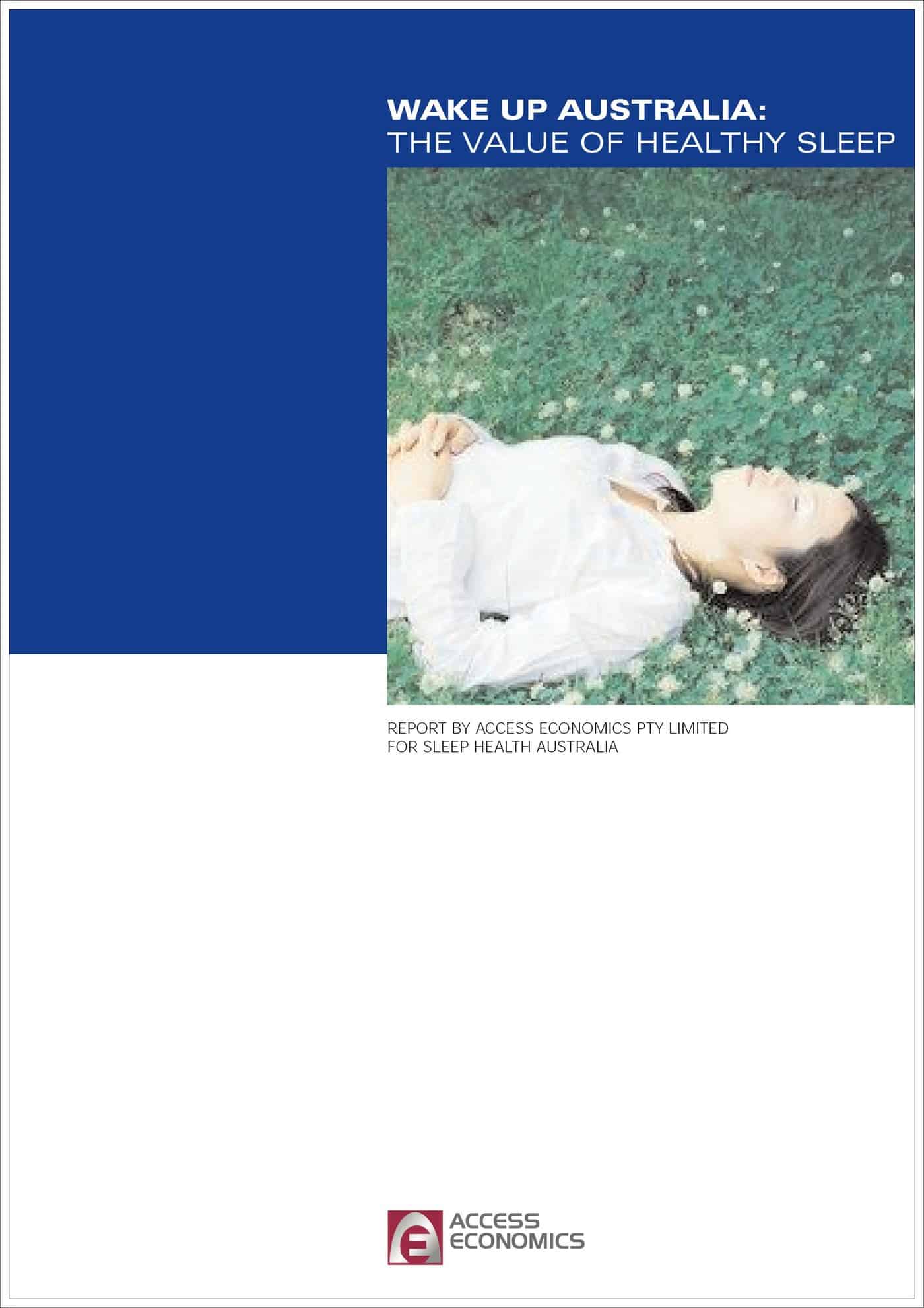The largest Australian telecommunications company, Telstra, announced the release today of a new service for mobile telephones aimed at the business sector. Below are some excerpts from the media release:
“Telstra launches new smartphone to power workforce productivity
August 3, 2009 – Business professionals have a powerful new productivity tool at their disposal with the launch of the new HTC Snap on the Telstra Next G™ network.
Available from 11 August, the Snap is a Windows Mobile®-powered smartphone that helps users get the most out of every hour by connecting them with email, their office calendar and the mobile internet in real-time….
Telstra Business Executive Director, Cathy Aston, said the HTC snap was the ideal productivity device for busy business people who need to respond to clients and manage their email on the go.”
“The email-ready HTC Snap lets users steal back otherwise lost work time by keeping them connected to email on the commute to work, on the way to the airport or when waiting to attend a meeting.”
“Telstra Product Management Executive Director, Ross Fielding, said this remarkably slim smartphone set a new benchmark for productivity device affordability and would appeal to business people who demand always-on email, as well as consumers who are increasingly interested in messaging capabilities on the go.”
The words emphasised above indicate a dominant thought that business people are obliged to be contactable at all times of the week. Research is beginning to show that this is becoming an unsafe practice, if it is not already (see below). The “steal back otherwise lost work time” is of concern. What time is being referred to going to the toilet, spending time with one’s family, countering fatigue and stress through sleep?
In December 2008, Telstra undertook a survey of small business operators. The survey showed that many would be working over the Christmas break. Telstra Business Group Managing Director, Deena Shiff said
“In 2008, Australian SMEs have been world leaders in the take up of mobile technology based on the Telstra Next G™ network – in fact businesses are now using mobile technology more than fixed line phones and data….
The key is to use technology not to intrude on personal time, but to manage the ongoing needs of the business in a more efficient way that doesn’t keep people away from family.” [my emphasis]
In 2006, the Chartered Institute for Personnel and Developmetn (CIPD) undertook research that said
“The phenomenon of “teleworking” has been overexaggerated, is unlikely ever to be a prospect for the majority of workers, and may be overshadowing far more effective means of improving work-life balance…”
The most important feature of modern mobile phones is the OFF button.




